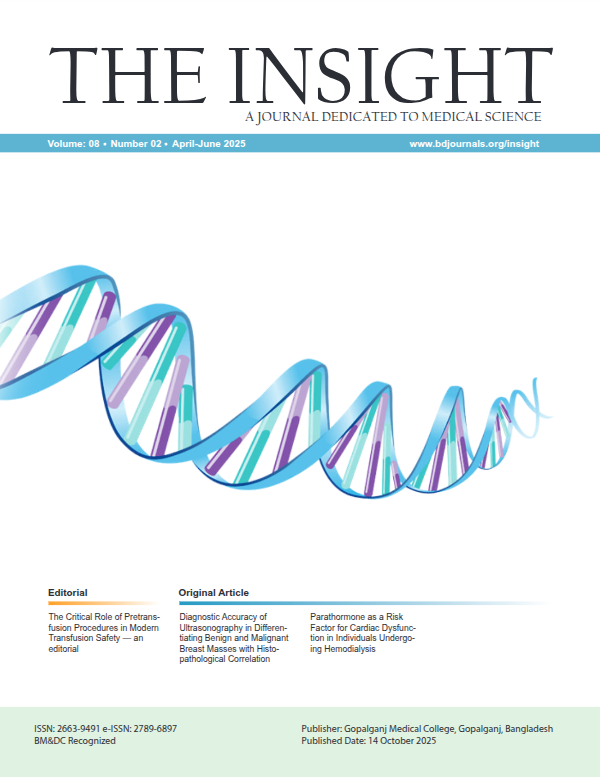Abstract
Blood transfusion, while life‐saving and irreplaceable in many clinical settings, carries inherent risks. Advances in transfusion medicine have greatly reduced many of these risks, but pretransfusion processes remain the cornerstone in preventing adverse outcomes. In the modern era—when expectations for safety are high and technology is advanced—pretransfusion procedures are more essential than ever for minimizing both infectious and non‐infectious hazards.
What are pretransfusion procedures?
Pretransfusion procedures encompass all steps taken before the actual administration of blood or blood components. Key elements include:
-
Donor screening and history taking – evaluating donor risk factors for transmissible infections and ensuring donor health.
-
Infectious disease testing – screening donated blood for pathogens (e.g. HIV, HBV, HCV, syphilis, malaria), increasingly using highly sensitive methods including nucleic acid testing (NAT).
-
Blood grouping & typing (ABO, Rh, etc.) – defining donor and recipient blood groups so as to avoid ABO or other incompatibility.
-
Antibody screening and identification – detecting unexpected (“irregular”) antibodies in recipient’s plasma that might react with donor red cells.
-
Cross matching – actual in-vitro mixing of donor red cells and recipient serum/plasma to look for reactions; confirming compatibility.
-
Identity verification and labeling – ensuring that donor units are correctly labeled, samples clearly identified, patient identity correctly matched.
-
Quality control, standardization, and validation of laboratory methods and equipment; guidelines, audits, and external quality assurance.
Why these procedures matter more now
Although the risk of transfusion‐transmitted infections (TTIs) has dropped dramatically in many countries, several factors make robust pretransfusion procedures more important:
-
Emerging and re‐emerging pathogens: New threats—novel viruses, zoonoses crossing into human populations—mean that donor screening, history, and sensitive testing must continually adapt[1,2].
-
Public expectation of near‐zero risk: Even very rare events breed public concern and legal/regulatory scrutiny. Societies expect transfusion to be extremely safe[1].
-
Non‐infectious hazards: Immunological reactions (e.g. hemolytic transfusion reactions, allergic reactions), clerical errors, and misidentification are now larger relative sources of risk[1,3].
-
Regulatory & guideline frameworks require rigorous adherence: standards (e.g. BCSH in the UK) define detailed pretransfusion compatibility procedures to reduce error[3].
-
Haemovigilance systems: The more systematic monitoring of transfusion outcomes reveals that many adverse events are preventable, often due to errors in pretransfusion steps[1].
Key elements of good pretransfusion practice
From modern literature and guidelines, the following stand out as essential elements that if well implemented, significantly improve safety:
-
Strict donor selection & risk assessment: Robust history taking to detect risk behaviors, travel, symptoms, etc., complemented by proper deferral policies.
-
Sensitive infectious disease screening & testing methods: Use of NAT where possible, and regular evaluation of residual risk (i.e. what infections might still slip through)[1].
-
Comprehensive antibody screening: Especially in populations with prior transfusions, pregnancies, etc., to identify irregular or rare antibodies.

This work is licensed under a Creative Commons Attribution 4.0 International License.
Copyright (c) 2025 The Insight





 PDF
PDF